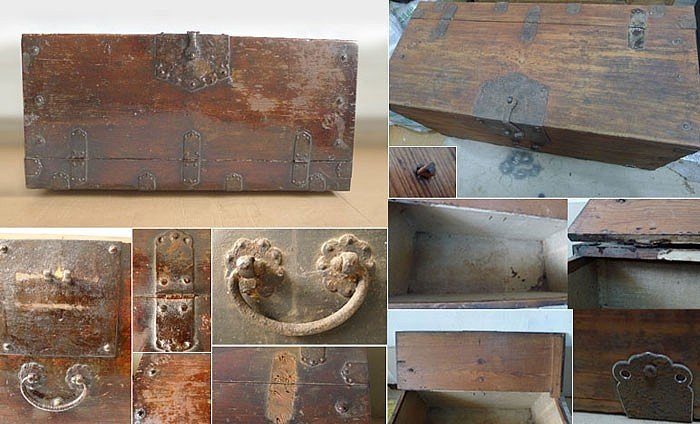PIECES AVAILABLE ON THE MARKET SINCE THE LATE 19th CENTURY.
The taste of Westerners. The attraction of Westerners to ancient Korean furniture began at the end of the 19th century and the beginning of the 20th century during the first visits of foreign envoys to a country that had been isolated and completely closed to the outside world. During world exhibitions, notably the one in Paris in 1900, Korean pavilions were built and filled with pieces from this distant land.
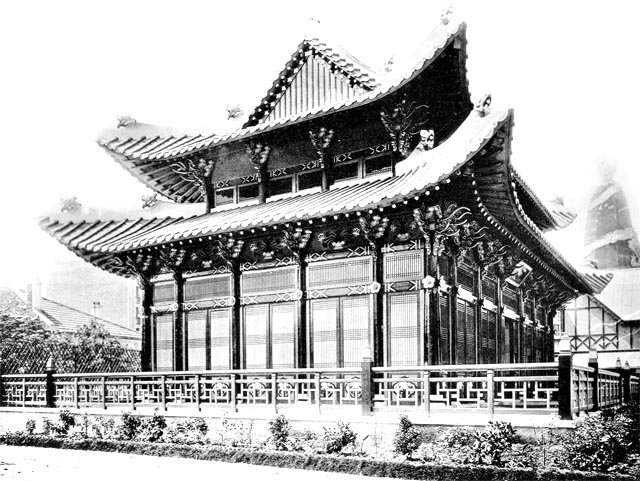
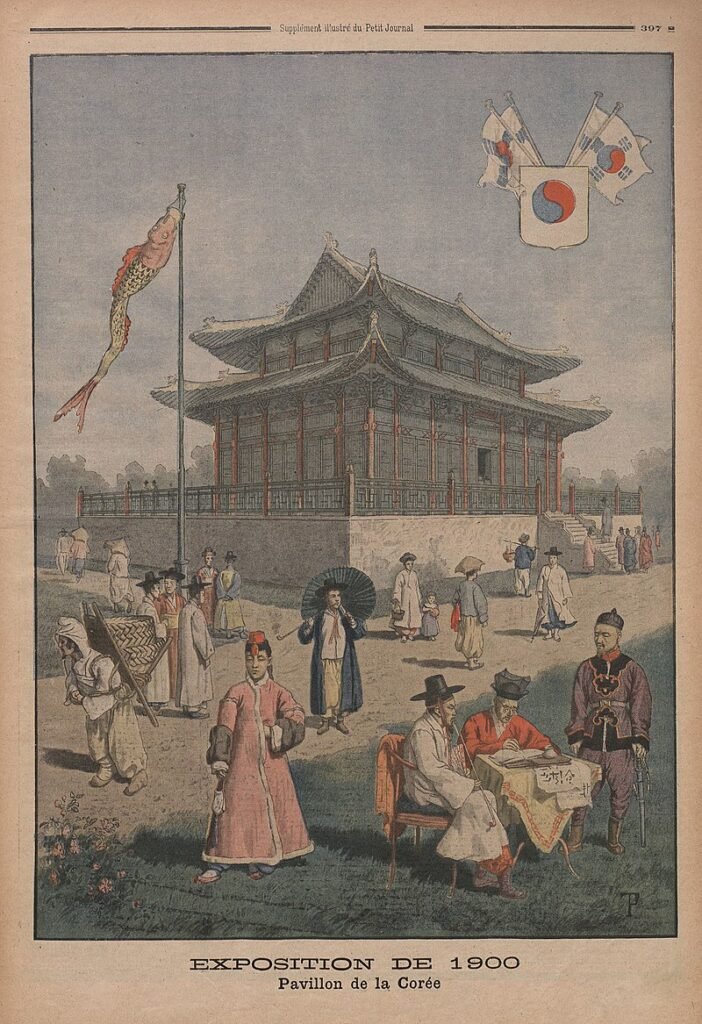
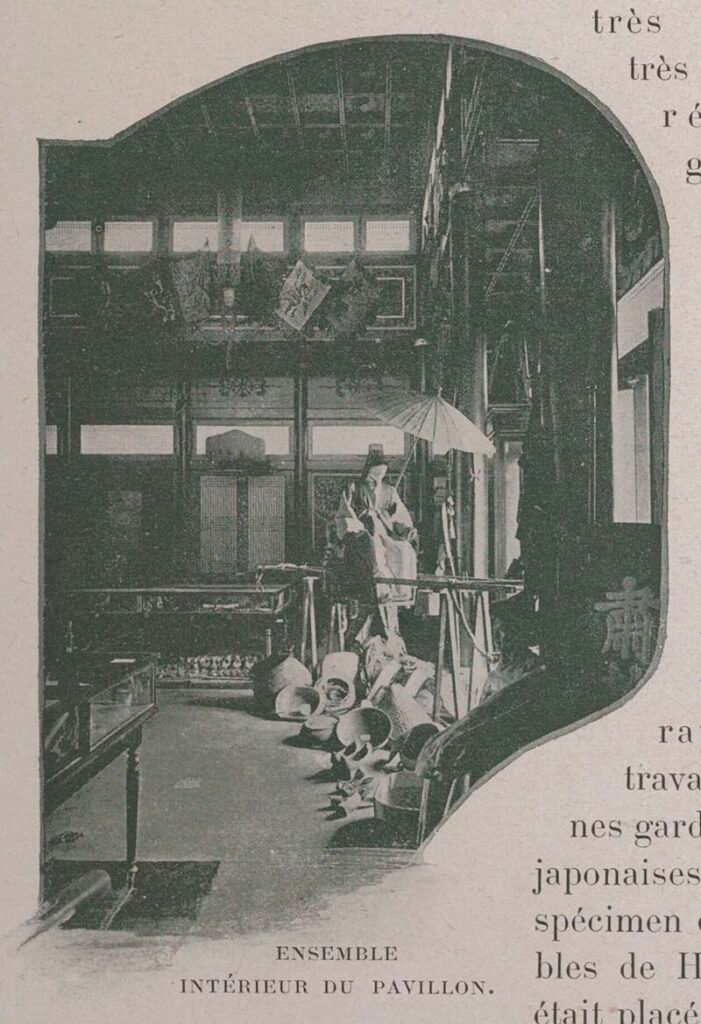
First, one must focus on the quality of the furniture encountered since the beginning of their search in Korea. Initially, many pieces were available, especially during the first half of the 20th century. A significant number of them were exported abroad. As a result, knowledgeable collectors were able to acquire high-quality furniture and objects, some originating from noble families and even royal collections.
Today, these pieces are part of the collections of major museums around the world and, private collections. The latter occasionally appear in auctions held by prestigious houses such as Sotheby’s, Christie’s, and Bonhams.
These chests are featured in a publication on this website about collections (museums and exhibitions). Consult especially the collections of the Tokyo National Museum, Antique furniture collections in Korea, the British Museum, Victoria & Albert Museum both in the UK, THE MET – The Metropolitan Museum of Art. New York, the Boston Museum of fine arts, to name a few.
Due to the origins of their previous owners, these were high-quality pieces, often well-preserved and in their original condition. These pieces are the most sought-after by collectors because of the quality of the materials used, high grade woods with beautiful grain, fine hand processed fittings, the absence of restoration, and their perfect state of preservation.
Our study of the early expeditions to Korea (late 19th century) highlights two different approaches regarding the selection of exported pieces. The first concerns the search for rare pieces, often ancient from the 16th to the 18th centuries, including mostly small-sized furniture, lacquered or mother-of-pearl covered. This category notably includes numerous boxes, favorite objects of scholars, and refined furniture from women’s quarters. The second, exemplified by the objects brought back by Charles Varat’s expedition in 1988, responds to an ethnographic study of Korea by presenting everyday objects to better understand Korean society at the time. Bandaji or blanket chests, multi-level clothing storage cabinets, alongside objects related to religious worship and traditional costumes are featured.
FROM THE 20th CENTURY, DIFFERENT BUYERS, DIFFERENT TASTES.
In the 20th century, profound changes emerged. They were due to Korea’s greater openness and an increasing presence of Westerners. During the first part of the 20th century, original furniture was still available, but the Korean War (1950–1953) disrupted all transactions, and many pieces were destroyed.
During the second half of the 20th century, the presence of Westerners gradually increased. Some, like Edward Reynolds Wright who lived in Korea between 1967 and 1978 developed a love for Korea culture and arts and became an avid collector of traditional Korean furniture. Because of the massive dislocation and poverty of Korean families, there was plenty of good furniture for sale. Wright put together, in the eleven years he lived in Korea, a collection that could not be assembled today.
From the 80’s, the situation gradually changed due to the rarity of original pieces in good condition. In most cases, available furniture required restoration. The market developed with an increase demand from foreigners. And it is from this time that we get to the heart of the matter.

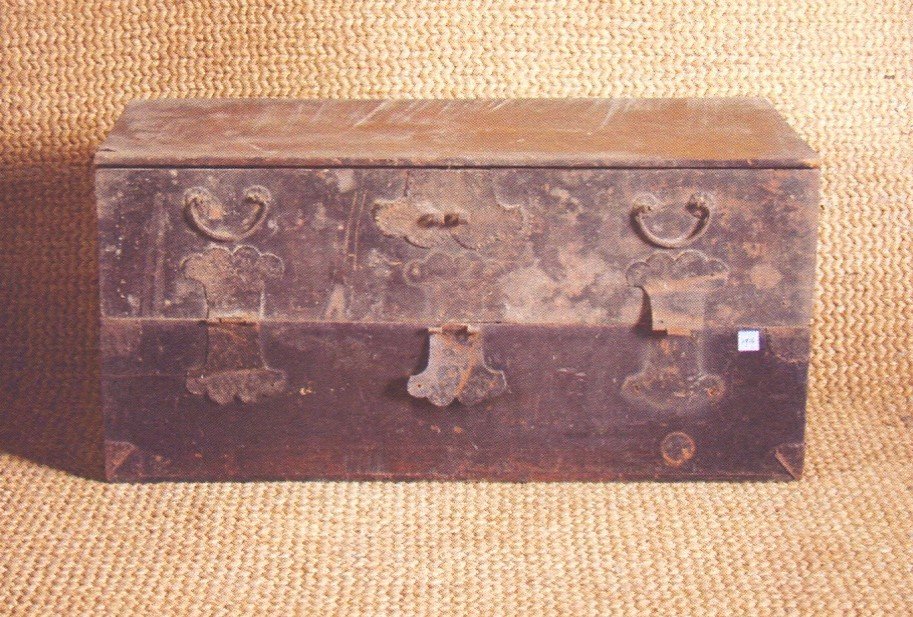
METHODS OF FURNITURE RESTORATION.
Understanding a piece history.
Restoration isn’t always necessary, but when it is, craftsmen must ensure it is carried out meticulously to preserve the rich patina that has developed over decades. Before beginning the restoration process, it’s crucial to delve into the furniture’s history. This typically involves researching its origins, the era it comes from, and the techniques used in its creation. A deep understanding and appreciation of an antique’s past ensure that restoration methods align harmoniously with the piece’s original essence.
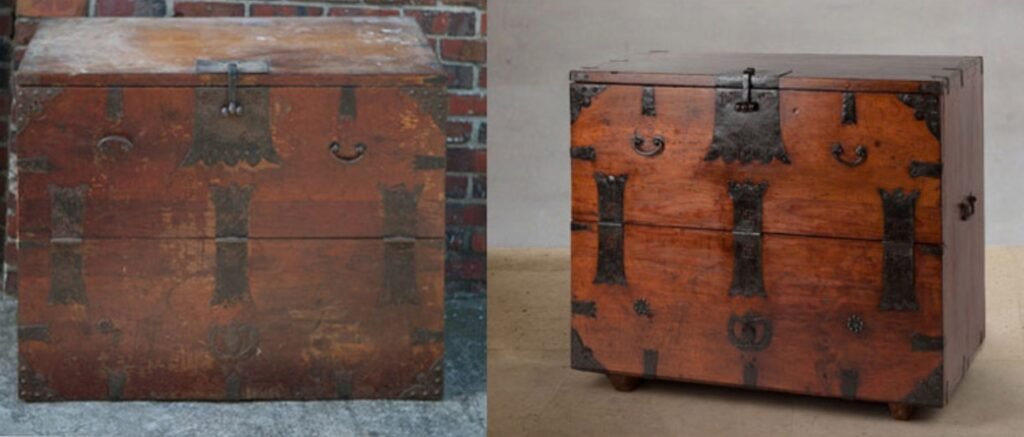
In some cases, the furniture is in relatively good condition. There are few missing pieces and just traces of wear due to time and use. A thorough cleaning will be necessary, while trying to preserve the patina. The photos below illustrate this case.
These two bandaji from the southern part of the peninsula do not appear to have any major structural damage and still have all their original fittings.
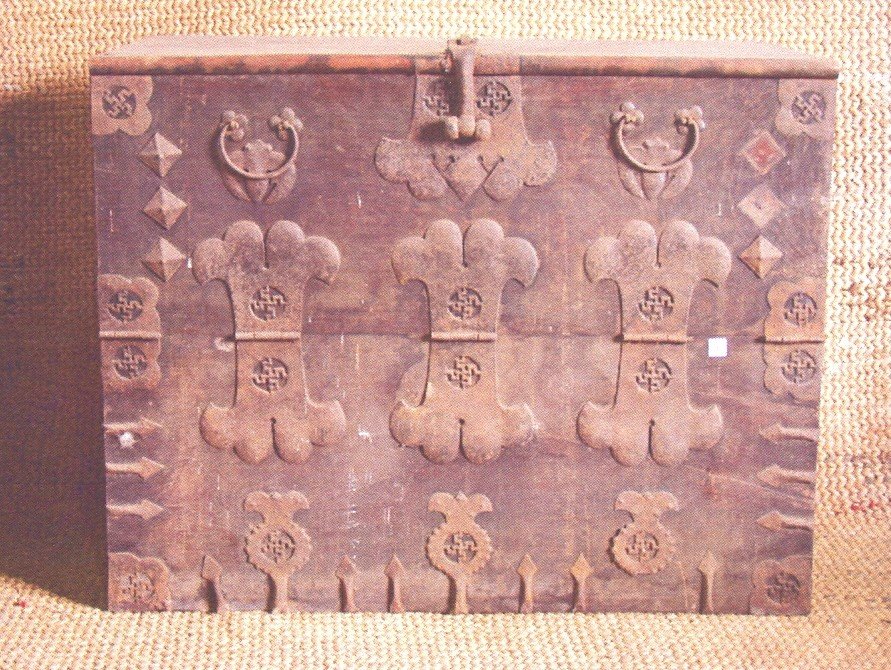
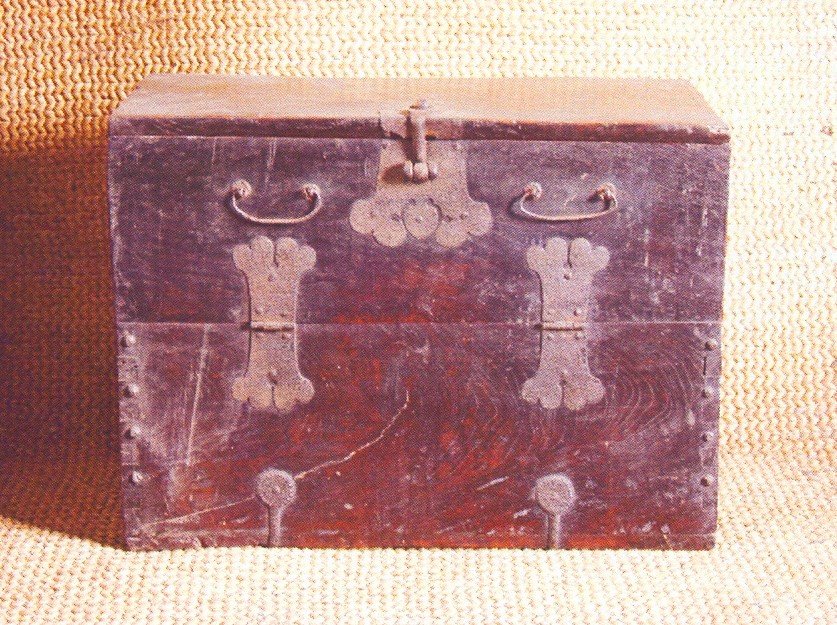
In other cases, the furniture is particularly damaged. They often come from modest households. Their construction method is rather basic, using common and inexpensive wood, with missing fittings or replacements made from simple metal plates.
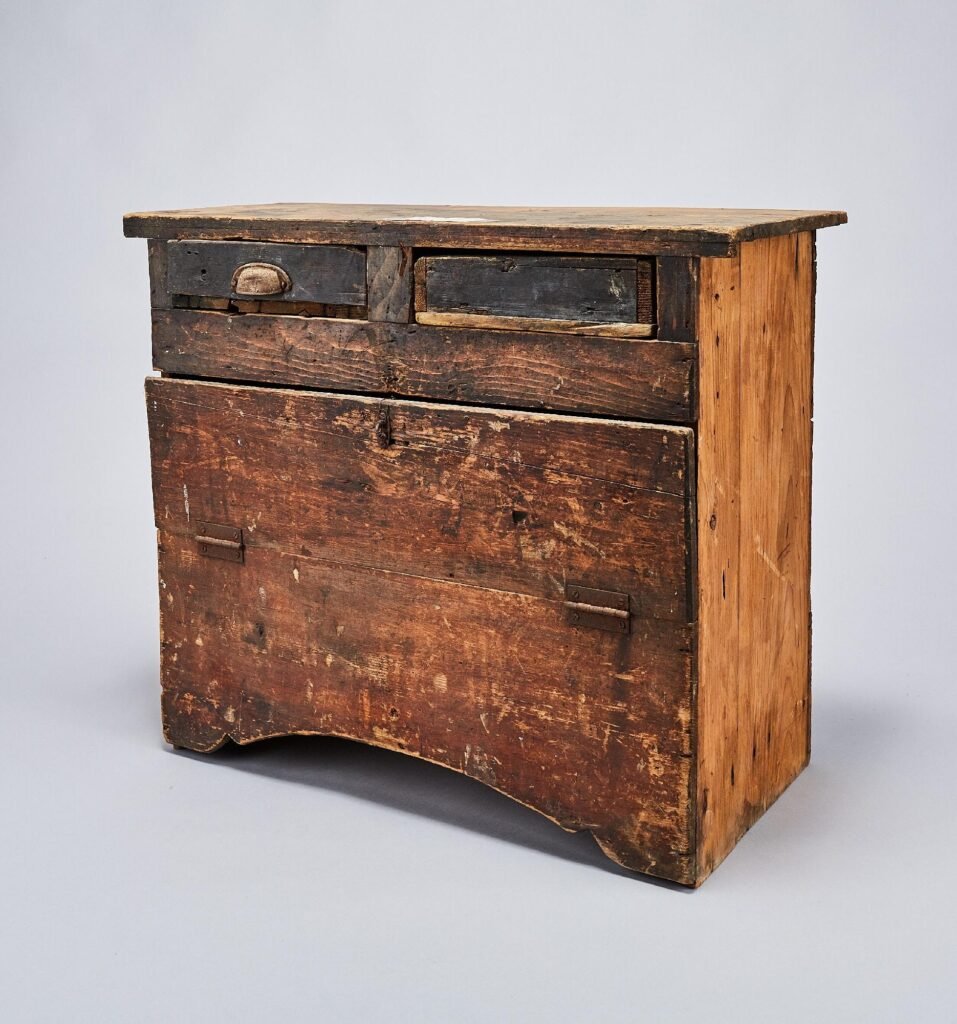
The restoration of antique Korean furniture begins with a gentle cleaning to reveal its true condition. Skilled craftsmen then assess any damage, using traditional joinery techniques like dovetail joints and wooden pegs—avoiding nails or screws—to preserve authenticity.
The complex step involves replacing missing wooden parts. The carpenters have a stock of various wood species from which they must find planks that perfectly match those of the furniture being restored.
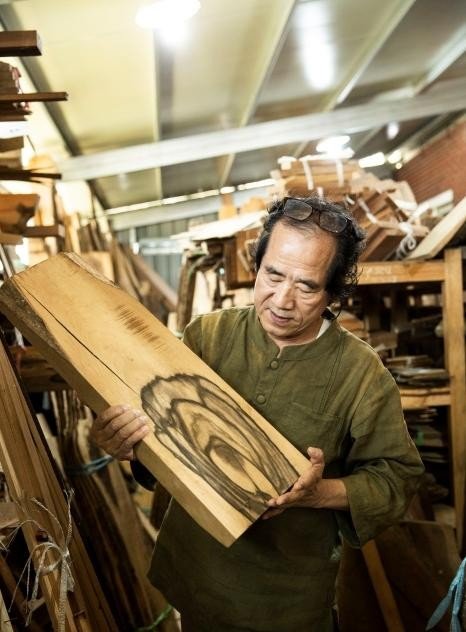
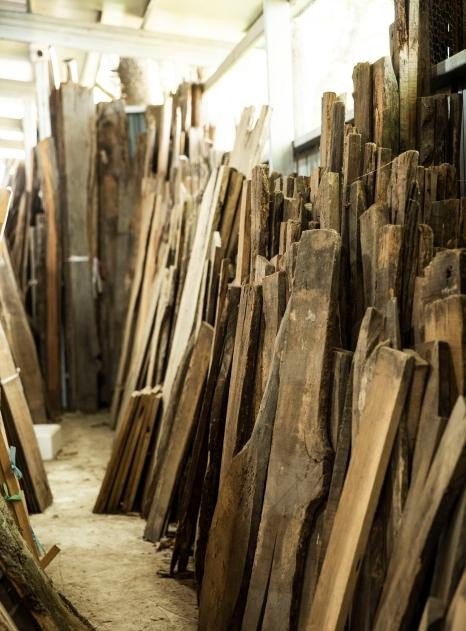
Once the structural restoration is complete, the focus then turns to the aesthetics. This might involve finishing the wood to enhance its natural beauty or reapplying layers of lacquer.
Typically, a traditional approach involves using natural materials (oils or lacquers). Traditional Korean lacquerware often uses sap from lacquer trees, while oils like perilla oil, tung oil or linseed oil can also be used to protect and enhance the wood. These methods not only preserve the historical integrity but also highlight the craftsmanship and natural beauty of the wood.
Unfortunately, when buying furniture from the 80s, we witnessed that some restorers were using a different method known as “Shellac finish”.
Applying oil and shellac to Korean antique wooden furniture results in very different finishes, both in appearance and preservation qualities.
Oil finish enhances the wood’s grain with a soft, matte, or slightly glossy appearance. It soaks into the wood, strengthening and nourishing it rather than forming a surface layer. This method also allows the wood to expand and contract naturally, making it ideal for antique preservation. It is easier to reapply over time without needing to strip previous layers. However, it offers limited resistance to moisture, scratches, and stains compared to a shellac finish. This method was used by carpenters during the Joseon dynasty.
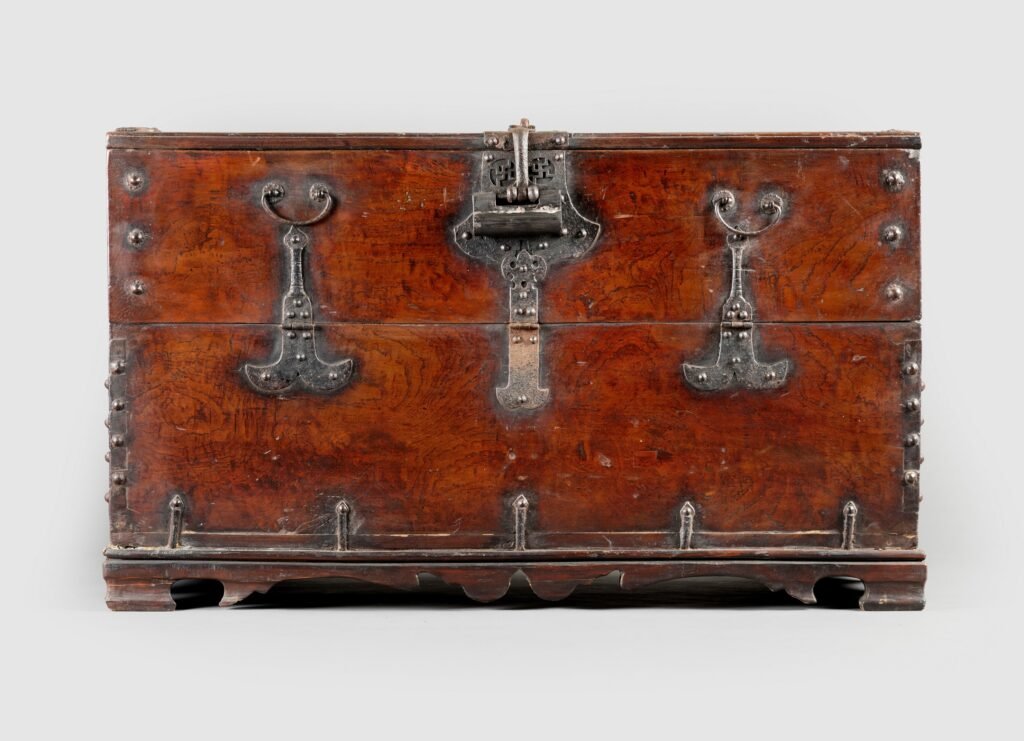
Shellac on the other hand provide a high gloss finish. It forms a hard, protective layer that resists moisture and dirt better than oil and seals the wood surface more than oil, which may not be ideal for antique preservation.
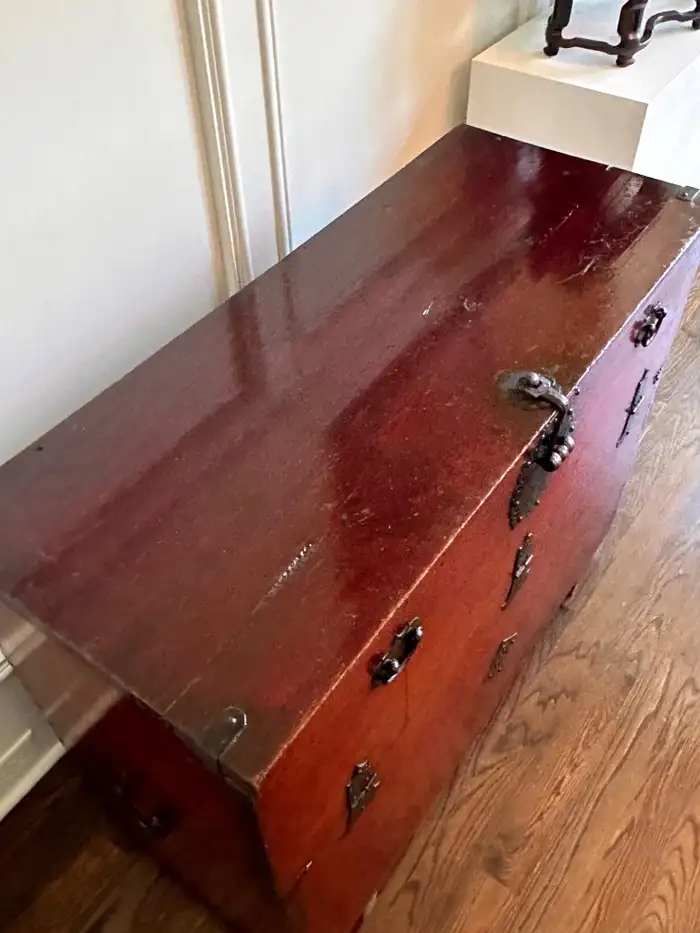
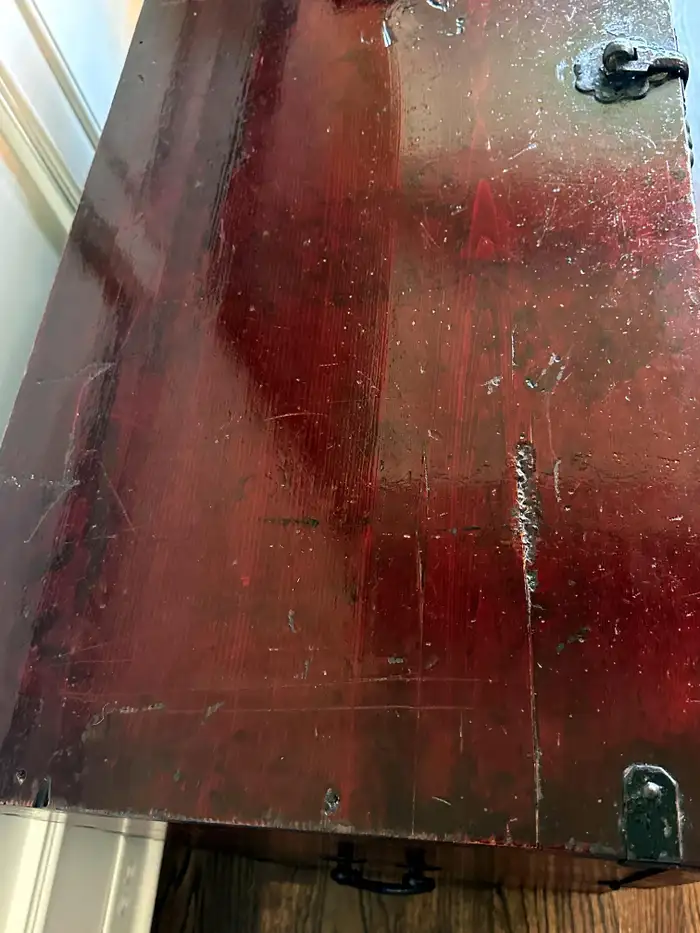
Therefore, for preserving authenticity and traditional aesthetics: oil is better as it maintains the wood’s natural patina and allows for breathability. For a polished, decorative look with added protection: shellac is better, but it can alter the antique’s original character.
You are invited to consult a special publication on this website: Methods of Korean furniture finishes
EPILOGUE
LINKS:
Pavillon coréen de l’Exposition universelle de 1900. Text in French.
Exposition Universelle (1900). Text in English.
How can I tell if my Chinese furniture is antique, original or if its been modified? Valuable information on Chinese furniture restoration from the blog of Roger Schwendeman.

